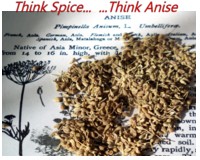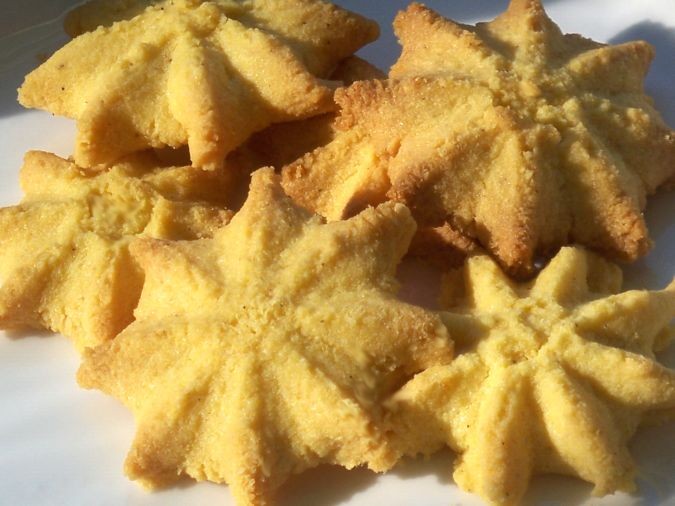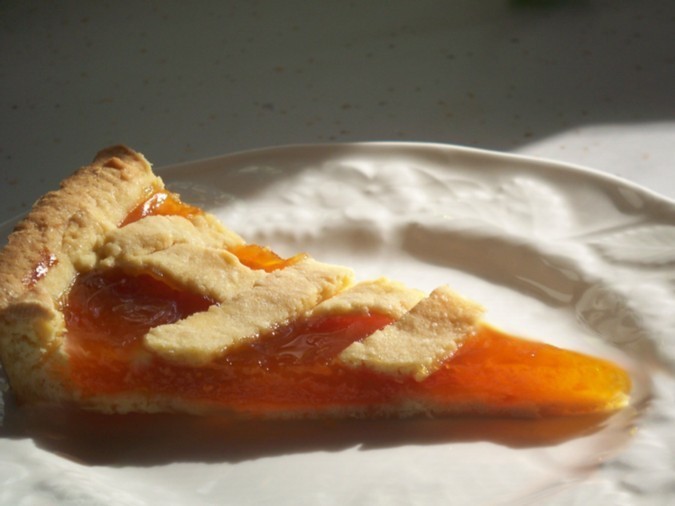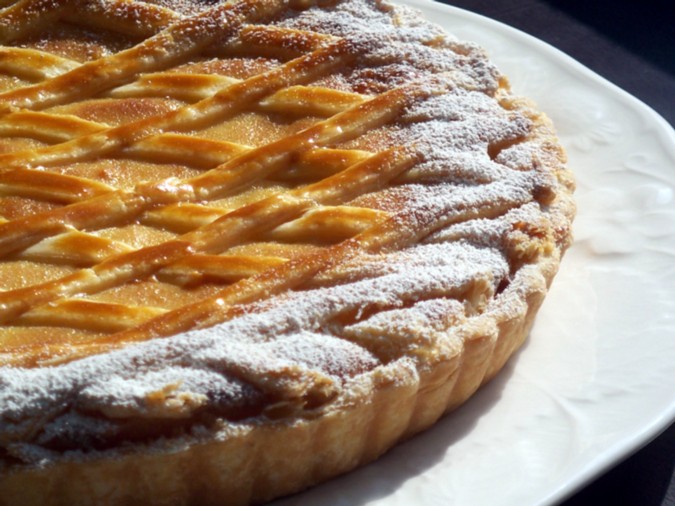
A light and delicate sponge cake made with almonds and orange zest
The original name of this cake is Focaccia alla Portoghese which means Portuguese-Style Cake in Italian. In fact, the word focaccia in Italian does indicate both a savory flat bread and a sweet leavened cake. Artusi does not tell us anything more about the origins of this recipe besides its name, however the combination of almonds and oranges is an unmistakable characteristic of the cuisine of Sephardi Jews. This recipe might then have been inspired by those brought to Italy by Portuguese Jewish merchants or by the refugees that settled in many Italian cities at different times in history, such as following the expulsion of Jews from Portugal in 1497.
Incidentally, Artusi mentions a number of ingredients and dishes in his cook book that were introduced by the Jews and became part of mainstream Italian cuisine, for instance eggplants, pumpkins, and Pan di Spagna (sponge cake).
This cake has a wonderfully moist and spongy texture and is nicely flavored by the orange zest and the almonds without being too sweet. It keeps fresh for many days and it is actually better when made one day ahead. It is excellent served with tea or coffee, cut into tiny squares (or other fancy shapes) .
It is important to grind the almonds until they are reduced to a very fine powder, and even the granulated sugar should be ground briefly in the food processor or coffee grinder, especially if you use—as I do—organic sugar that tends to be relatively coarsely grained. The ground almonds need to be sifted and the larger pieces that remain in the sifter should be ground again until of the necessary fine consistency. These steps require an extra amount of time and might be tedious but are necessary to ensure a successful result and make a significant difference. Of course you can prepare the ground almonds ahead of time.
It is also essential to bake the cake at a very low temperature.
Artusi suggests to cover the cake with a crisp icing made with egg whites and sugar syrup. Personally I find that a light sprinkle of powdered sugar is more suited to the delicate texture of this cake.
From the original recipe by Pellegrino Artusi
In: “La Scienza in Cucina e l’Arte di Mangiar Bene”, 1891—Italy
Ingredients:
1 cup (150 g) whole Almonds, blanched, raw
3/4 cup (150 g) Granulated Sugar
1/3 cup (50 g) Potato Flour (starch)
3 Eggs
1-1/2 (organic) Oranges (juice and zest)
Powdered sugar to sprinkle on top of the cake
Preheat the oven to 300° F (150° C). Line a 9-inch (23 cm) round cake pan with aluminum foil and grease with vegetable oil (I used almond oil, grapeseed oil is also good for this).
Grind the almonds with 1/3 of the sugar in the food processor or coffee grinder until very finely powdered. Sift the almond mixture with the potato flour and grind again any large pieces of almonds that might have remained in the sifter. Set aside.
Grate the zest of 1/2 orange. Squeeze the oranges and strain the juice; set aside.
Grind the remaining sugar with the orange zest until fine and powdery.
In the bowl of a stand mixer using the balloon whip attachment beat the egg whites until stiff and glossy; set aside.
Beat the yolks at very high speed until light and pale yellow (using the balloon whip attachment). Gradually add the ground sugar and beat until well incorporated.
Switch to the flat beater attachment and add the ground almond mixture to the yolks and beat at high speed until light and well incorporated, taking care to scrape the sides of the bowl with a silicone spatula.
Add the orange juice and mix well.
Finally gently fold in the whipped egg whites, by hand, making sure they are well distributed and without deflating them. Pour the mixture in the prepared pan and bake in the preheated oven (place the rack in the middle position) for about 45 minutes. A cake tester in the center must come out clean and dry when the cake is ready.
Place the pan on a rack and let cool for 10 minutes. The cake will slightly deflate and shrink from the sides of the pan. Unmold it and let it cool on the rack. Sprinkle powdered sugar on top once the cake is completely cool.
Note: I had inadvertently forgot to write when to add the orange juice to the batter. I have just corrected the text.
 Delicious and crunchy anise biscotti
Delicious and crunchy anise biscotti As the host of Think Spice… –a monthly event founded by Sunita–for the month of November I chose Anise, and this was the best opportunity to finally feature these wonderful biscotti. Once toasted they turn incredibly crunchy and light, with an intense flavor of anise provided by both anise extract and aniseed. They are also very thin and great to have with tea.The recipe comes from an old Italian professional pastry making manual; it is very simple, without baking powder or any type of fats, just eggs, flour, sugar and anise. I scaled down the original formula which called for over 3 lbs. flour so that it could be easily baked in a home oven—however they are so good it is a pity not to be able to make the full amount.
As the host of Think Spice… –a monthly event founded by Sunita–for the month of November I chose Anise, and this was the best opportunity to finally feature these wonderful biscotti. Once toasted they turn incredibly crunchy and light, with an intense flavor of anise provided by both anise extract and aniseed. They are also very thin and great to have with tea.The recipe comes from an old Italian professional pastry making manual; it is very simple, without baking powder or any type of fats, just eggs, flour, sugar and anise. I scaled down the original formula which called for over 3 lbs. flour so that it could be easily baked in a home oven—however they are so good it is a pity not to be able to make the full amount.

















